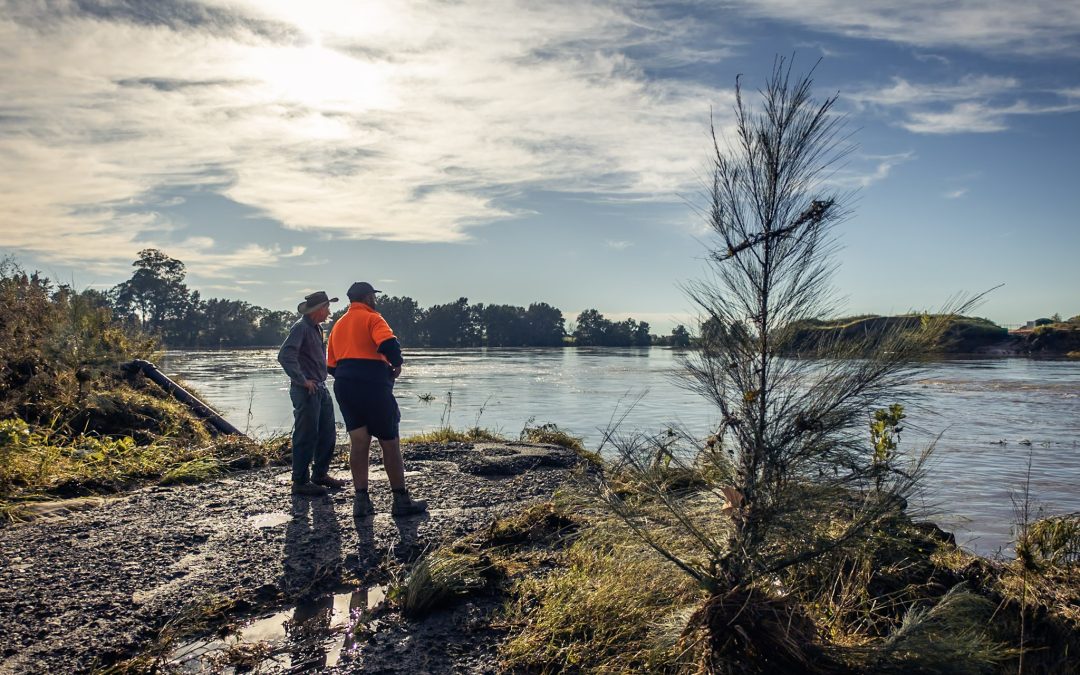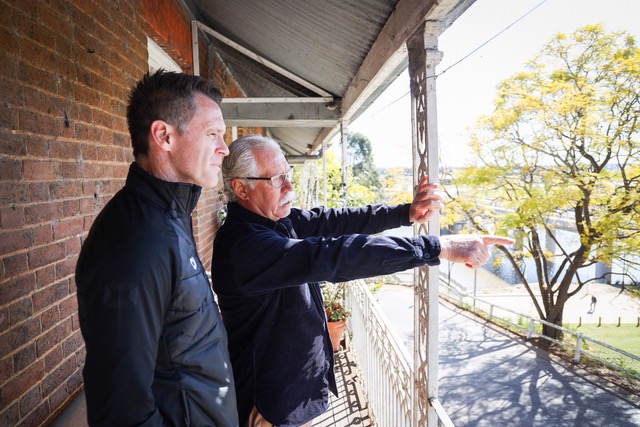From the Editor Here we are...


From the Editor Here we are...

The NSW Government is rethinking its water...

Residents and ratepayers have slammed the Hawkesbury City...
If you thought last summer was hot, thank the flying foxes it wasn’t more of a scorcher.
The fact is, bats help keep temperatures lower than they would be by helping to plant trees, so it’s fitting a special Bushcare event at Yarrumundi Reserve north side has seen community members regenerating bat habitat by planting 445 native plants which Flying Foxes will eventually feed on.

The new trees planted at Yarramundi were grown at Hawkesbury Community Nursery and include Rough-barked Apple, Grey Myrtle, Cabbage Gum, Mountain Blue Gum, Sydney Blue Gum, Sandpaper Fig, White Feather Honeymyrtle, Native Peach, Cheese Tree, Willow Bottlebrush, Prickly Leaved Paperbark, Red Ash, Parramatta Green Wattle and Swamp Wattle.
“These trees won’t create more habitat for bats,” said PhD Geographer Sara Judge who sourced funding for the planting from the Australasian Bat Society, “they’ll just hopefully replace what we expect to lose over the next few years in an attempt to maintain some balance for bats and other wildlife out here. The irony is that planting trees along the east coast is exactly what bats do for us too.”
“Planting these trees is an investment for the future,” Ms Judge said.

Once they’re established, the native plants will become a prime food source for the bats.
“We know that habitat loss and the impacts of climate change are the biggest threats to native bats,” Ms Judge said.
“Western Sydney is rapidly urbanising, and often one of the hottest places on the east coast of Australia during summer, so we know these threats are only going to become more prevalent over the next few decades,” she added.
Bat experts believe without the flying mammals we could see a total native forest collapse that could impact thousands of other native plants and animals.
“People often ask why does it matter to humans if bats go down in numbers or go extinct – well, the answer is that if you think it gets unbearably hot during summer now, you’re in for a shock without bats,” said Ms Judge.
“Their long distance pollinating is what keeps this strip of temperate eastern Australia eucalypt forest growing. This is what makes it much cooler and less harsh than other parts of the country where you don’t find flying fox bats. And not only for us, but for other wildlife too – we know that koalas need trees, and trees need bats! So bats are essential to protecting other species like koalas too.”
Flying foxes are bats or, more accurately, mega-bats (big bats) which are among the largest bats in the world and their habitat is increasingly threatened by encroaching urban development.
Grey Headed Flying Foxes are critically endangered and are an essential pollinator of eucalypt forests along the eastern seaboard.

As part of the day at Yarramundi, bat information, resources and a fun question and answer session was provided, Bushcare Officer Martin Gauci explained.
“We had a great day of batty bush regeneration,” he said.
“It’s been really popular and we’re planning more in future. All of our native animals can be supported by habitat regeneration in the Hawkesbury too.”
The bush regeneration day was organised by Hawkesbury Council, Blue Tongue
Eco-Systems, PhD Geographer Sara Judge and Hawkesbury-Nepean Bat Group. Connect with the Hawkesbury-Nepean Bat Group at www.facebook.com/plainsmountainsbats
More Bushcare volunteers are needed, contact Bushcare Officer Martin Gauci on 4560 4525 or email Martin.Gauci@hawkesbury.nsw.gov.au to get involved.